How To Repair A Garden Hose End
How to Repair a Garden Hose
Set up leaky garden hoses chop-chop and cheaply.
Every editorial production is independently selected, though we may be compensated or receive an affiliate committee if you buy something through our links. Ratings and prices are accurate and items are in stock as of time of publication.
![]() Time
Time
An hr or less
![]() Complication
Complication
Beginner
![]() Cost
Cost
$5–10
Introduction
At that place is nothing more than frustrating than a leaky garden hose. Half your h2o goes downwardly the storm drain or onto your shoes and not on your lawn. It doesn't have to be that mode. Read on to learn some quick, inexpensive and easy garden hose fixes.
Tools Required
Materials Required
- Garden hose repair couplings
Projection step-by-footstep (5)
Step ane
Where is the Leak?
- If water is leaking from either end of the hose, such as at the faucet or spray attachment, the fix could exist as simple equally replacing the rubber washers in the female stop of the hose and or spray attachment.
- If a leak is within a foot of the male or female connectors, cut off the terminate of the hose and supersede the connector.
- If the leak is in the centre of the hose, cut out the damaged section and splice the hose back together with a repair coupling.
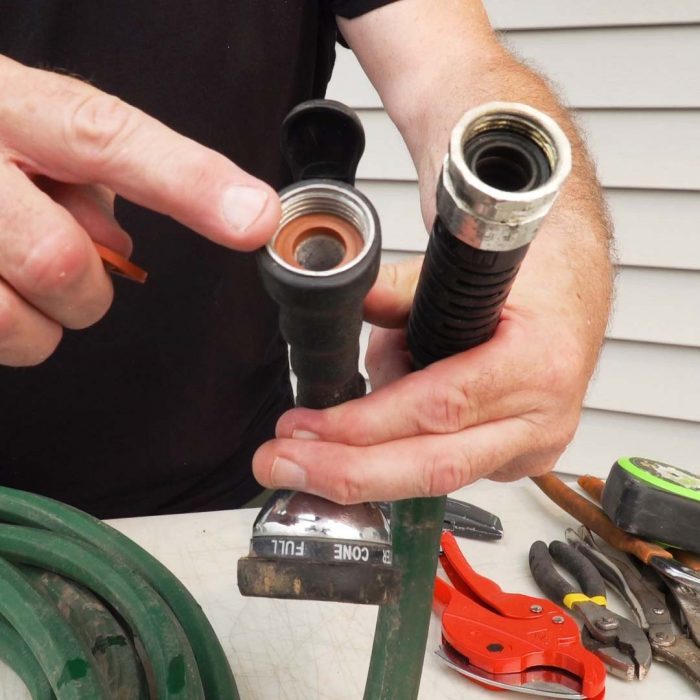
Step two
Measure
- Before heading to the hardware store for repair parts, mensurate what size garden hose you have. The three common sizes of garden hose are 1/2-, v/viii-, and 3/4-inch. That is the ID (inside bore) of the hose.
- The OD (outside diameter) is typically one/viii-inch larger than the ID. So a 5/viii-inch hose has a 3/4-inch OD.
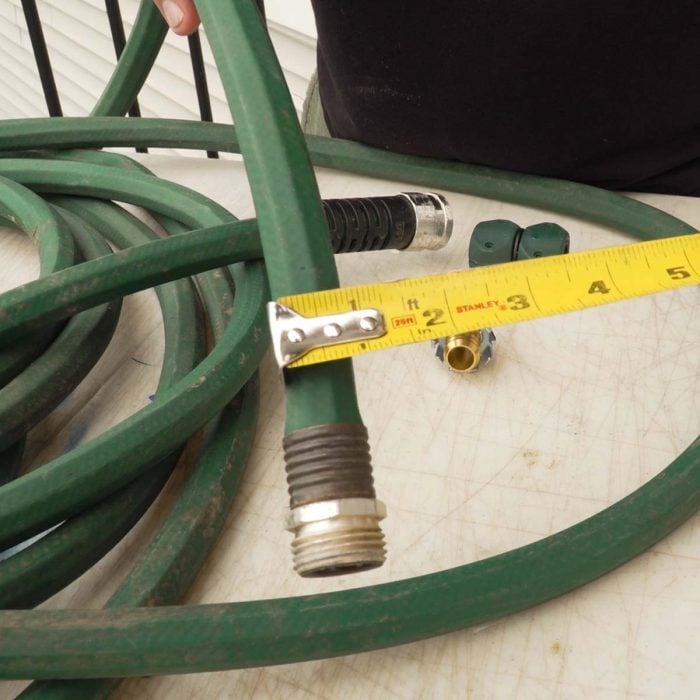
Pace 4
Four Like shooting fish in a barrel Repairs
Clamp Hose Menders
- Replace the ends or splice the heart of a hose with clinch hose menders. Once you have the damage section cut off the hose, stick the spinous end of the repair plumbing equipment into the hose. Bend the tangs down and into the hose, squeezing information technology evenly with a pair of pliers, channel locks or vice grips.
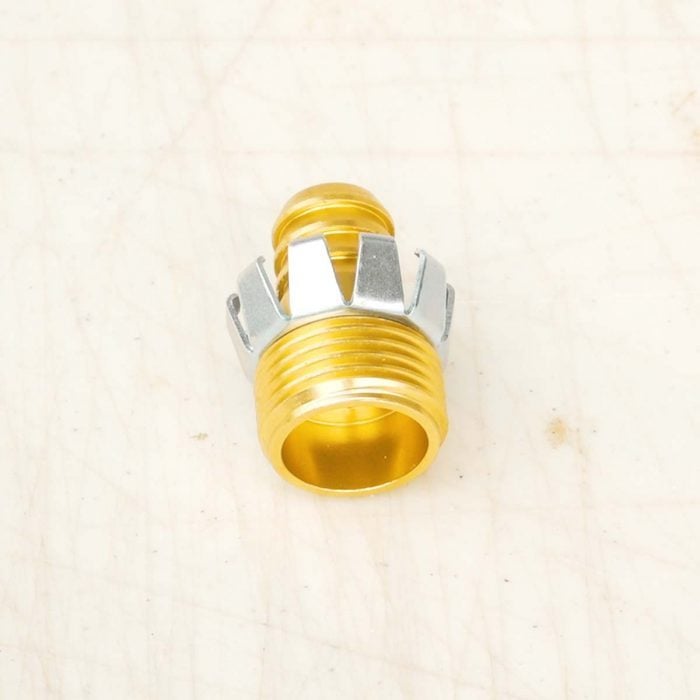
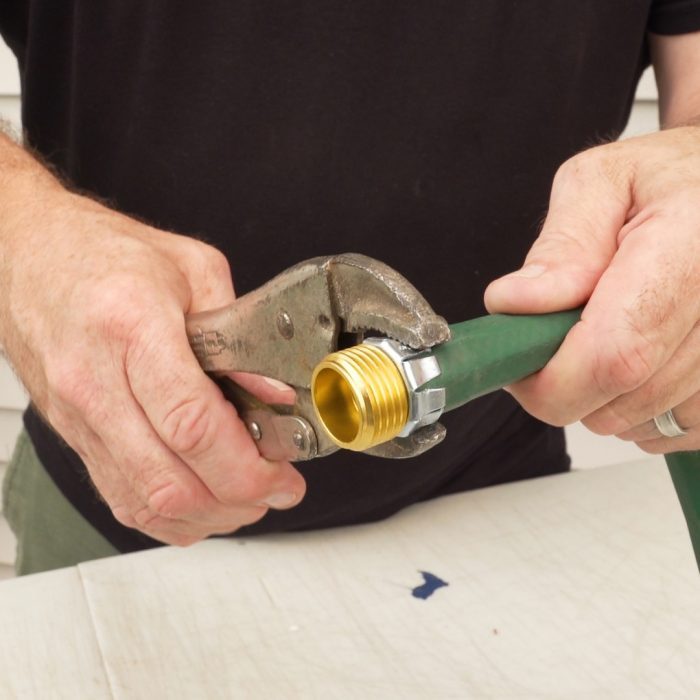
Clamp Couplers
- Clench couplers for ends and splicing hoses are another easy hose ready.
- Remove the screws and cover from the coupler.
- Stick the barbed terminate into the hose.
- Supersede the cover and tighten the screws.
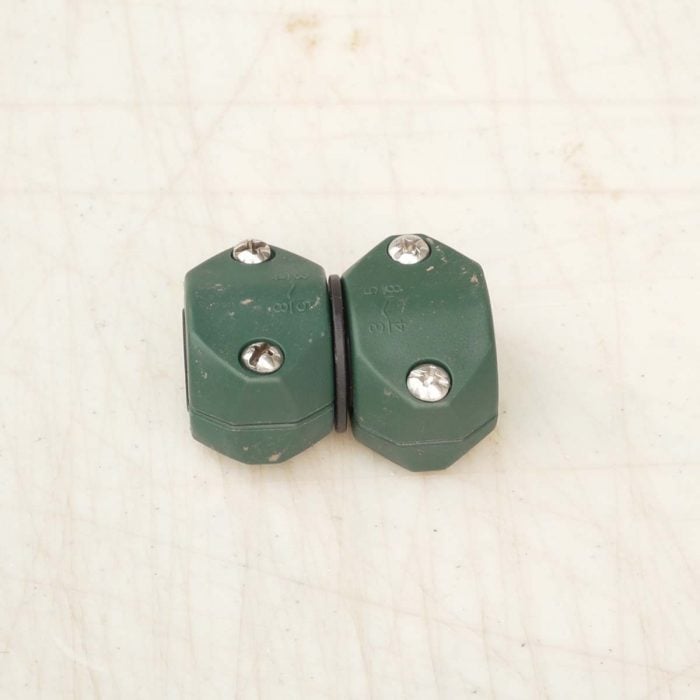
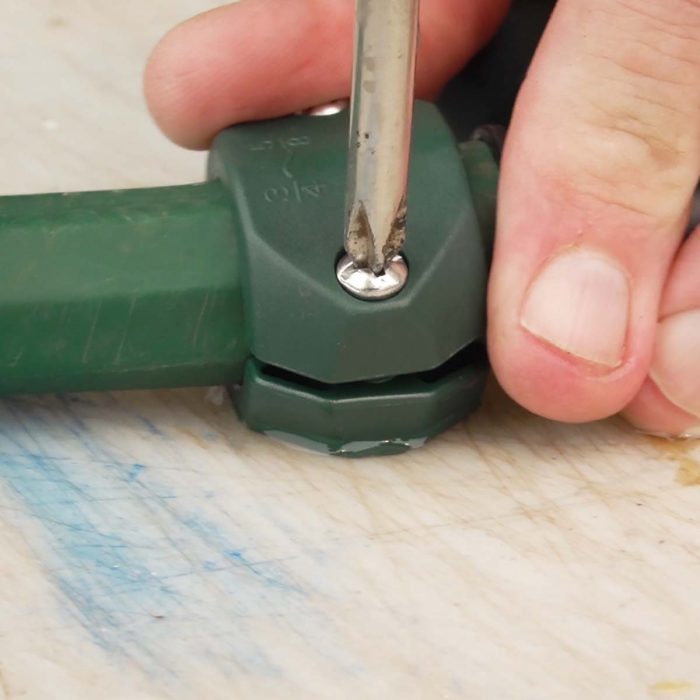
Hose Clamps
- Hose clamps and a three-inch piece of one/two-inch copper tubing work well for a splice repair.
- Slip a hose clamp over the end of the cut hose.
- Insert the 1/2-inch piece of copper tubing into the hose, letting i-i/2 inches stick out. Now, tighten the hose clench with a screwdriver.
- Sideslip another hose clamp over the end of the other piece of cut hose. Insert the 1/two-inch slice of copper tubing and tighten the clamp with a screwdriver.
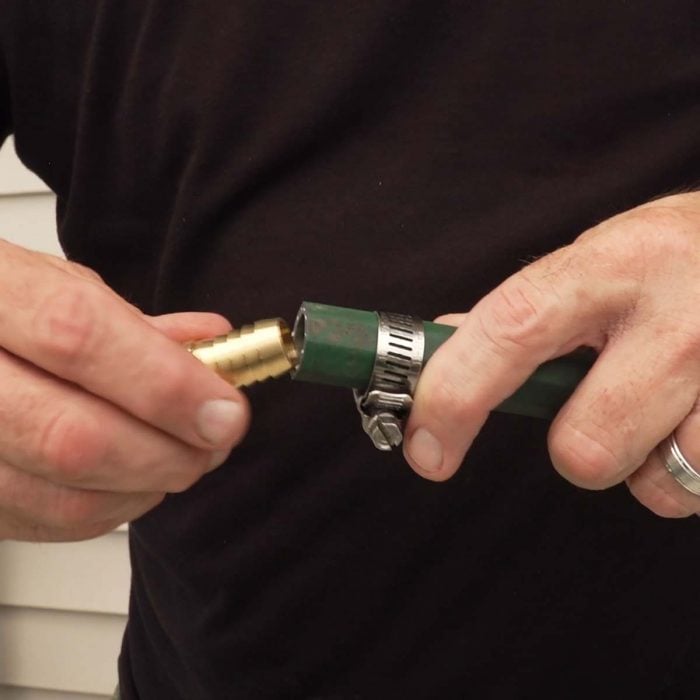
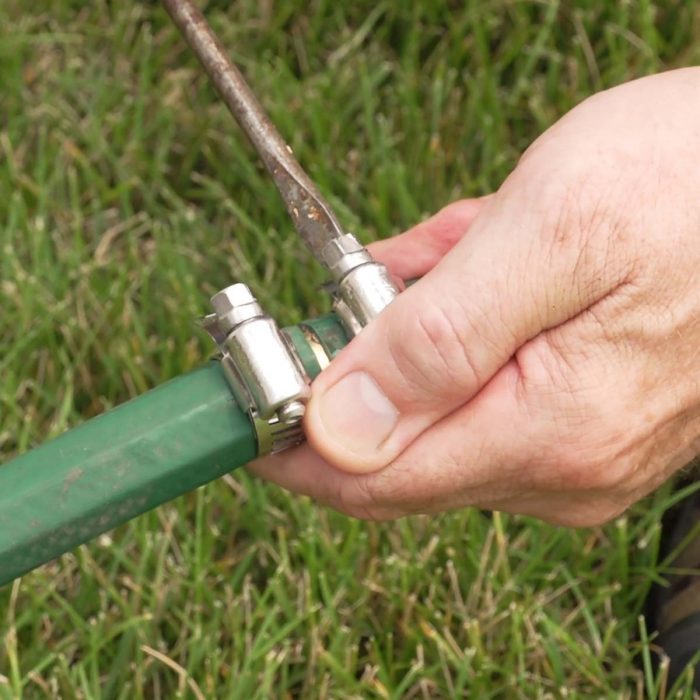
Compression Mender
- Compression mender probably is the easiest garden hose fix.
- Unscrew and separate the collar from the repair fitting.
- Slip the collar over the hose.
- Push button the repair fitting onto the hose, then spiral and tighten the neckband to the repair plumbing fixtures.
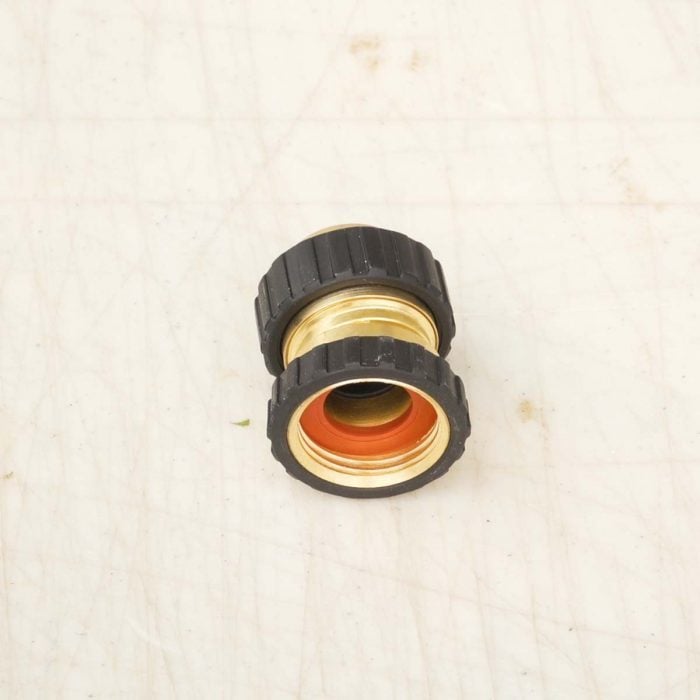
Step v
Exam for Leaks
- Connect the hose to the faucet and turn it on, checking for leaks.
- If a repair leaks, try tightening the screws or collar on the plumbing fixtures.
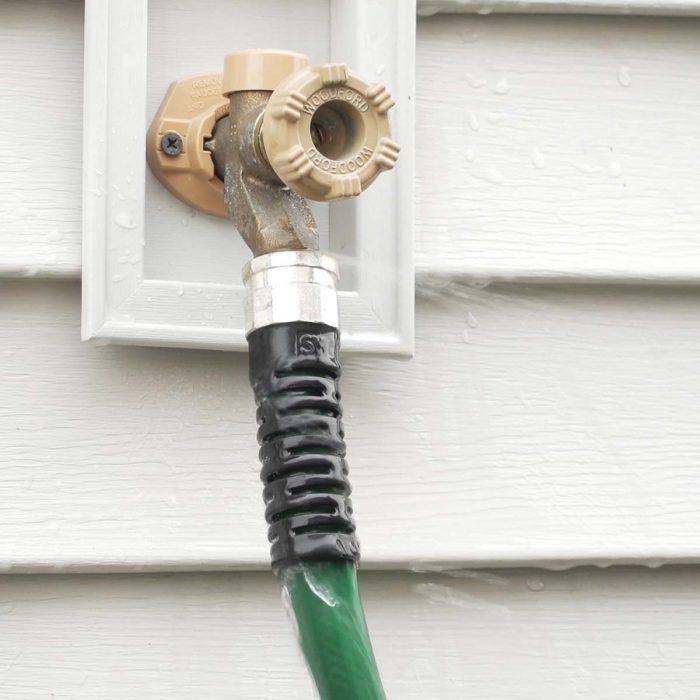
Originally Published: August 06, 2022
Source: https://www.familyhandyman.com/project/how-to-repair-a-garden-hose/

0 Response to "How To Repair A Garden Hose End"
Post a Comment